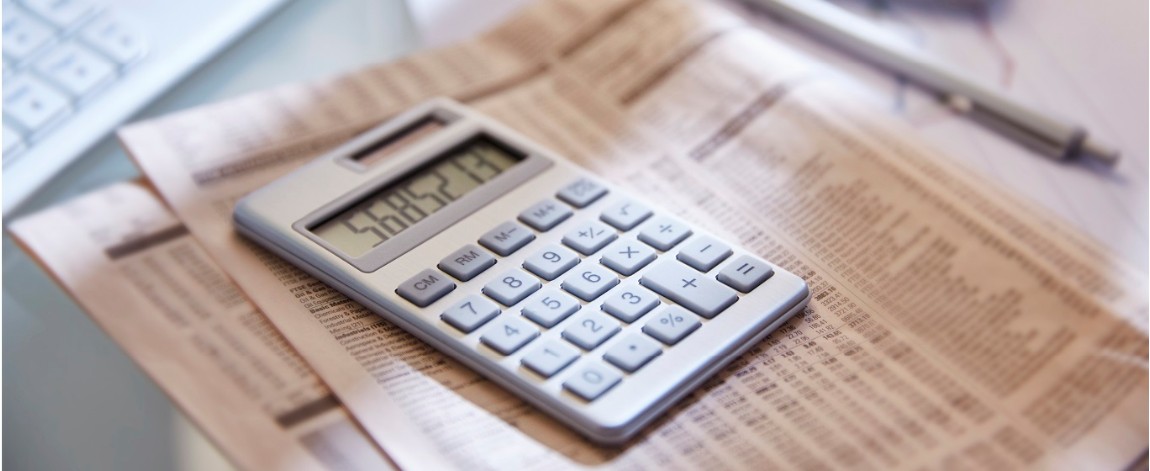
Is The 50-30-20 Budgeting Hack Right For You?
With the value of the peso shrinking against the US dollar and prices of commodities going up due to inflation, you've surely noticed: you’re buying less with your salary.
More than ever, effective budgeting and financial planning are urgently needed to survive the negative effects of inflation. Let’s look into one popular budget hack and see if this can really help us cope with rising prices.
50/30/20
One popular guide to budgeting is the 50/30/20 guide that has been shared widely online. It recommends dividing your income in this way:
-
50% - Spend for your needs. These include basic necessities like housing, food, utilities, health care (insurance, treatments), or car payments.
-
30% - Spend for your wants. These would include hobbies, recreation (movies, eating out, etc.), gadgets, cable TV, etc.
-
20% - Set aside for savings. You should also set this aside to pay for any outstanding debts.
This makes a lot of sense as a general rule of thumb. However, in an economy where inflation and a weak currency are a problem, we would likely need more help than just this budget plan.
Not for low-income, heavy debts
Simply put, the 50/30/20 budget plan only succeeds with a certain income range. People with lower incomes will find it nearly, if not flat-out impossible, to apply that in their lives.
According to the National Economic Development Authority (NEDA), for a typical family of four to have a simple and comfortable life, they should have at least a gross monthly household income of PhP 120,000. For NEDA, a “simple and comfortable life” means a family can afford a car, a medium-sized house, college education, and leisure.
For an average public school teacher who could only earn a little over PhP 20,000, he/she will have to forego a “simple and comfortable life” if he/she is the sole breadwinner of a family of four.
After all the deductions for his/her GSIS or SSS (PhP 581), PhilHealth (PhP 275) and PAGIBIG Fund (PhP 100) contributions he/she would take home only about PhP 19,000.
Considering the monthly rent for one-bedroom apartment outside Metro Manila, which averages about PhP 7,000 outside Metro Manila or PhP 12,500 within the metro according to Numbeo,1 he/she would have about PhP 12,000 or as little as PhP 6,500 left to budget for his/her family’s daily needs. This includes food and transportation, among many others – and this could be an uncomfortable budget to work on for most people.
To survive, a household should have at least two breadwinners earning about PhP 21,000 each. This only means that their take home pay would only be enough to cover bare necessities such as food and lodging. With this take home pay, a family can only afford supporting two students studying in a public school and taking public transport.
Clearly, the 50-30-20 budget would be tough for those earning less than PhP 120,000 a month, and practically impossible for minimum wage earners. Minimum wage in the Philippines differs according to region and ranges from PhP 255 to PhP 512 per day as of September 2018. The average minimum monthly salary in the Philippines is a little over PhP 10,000.
Another reason why a 50/30/20 budget plan would not work for many Filipinos is heavy debt. Many Filipinos deal with a lot of debt. According to a Business World report2, “[Filipinos'] average debt across age groups stands at PhP 291,582 for those aged below 35; PhP 207,418 for those aged 35 to 49; and PhP 143,958 for those 50 and older.”
To pay off such heavy debts, a more detailed and personalized budget plan is needed.
Financial planning
Whether you are earning minimum wage or more, sound financial planning is still the best option. Instead of trying in vain to stick to a 50/30/20 budget plan, why not get advice from a professional financial planner?
Only then can you find a tailor-fit financial plan that is designed for your unique situation. Your financial planner will consider your current income, capacity to earn, values, material and non-material assets, daily and monthly expenses, and needs.
Only when your financial planner has all of these data can he or she craft a financial plan that will work for you. This will help you spend wisely, save more money, pay off debts, plan a comfortable retirement, and even have enough money left to invest.
---
Sources:
1 Numbeo. Cost of Living in the Philippines
2 BusinessWorld. Many Filipinos found to be still dependent on debt


